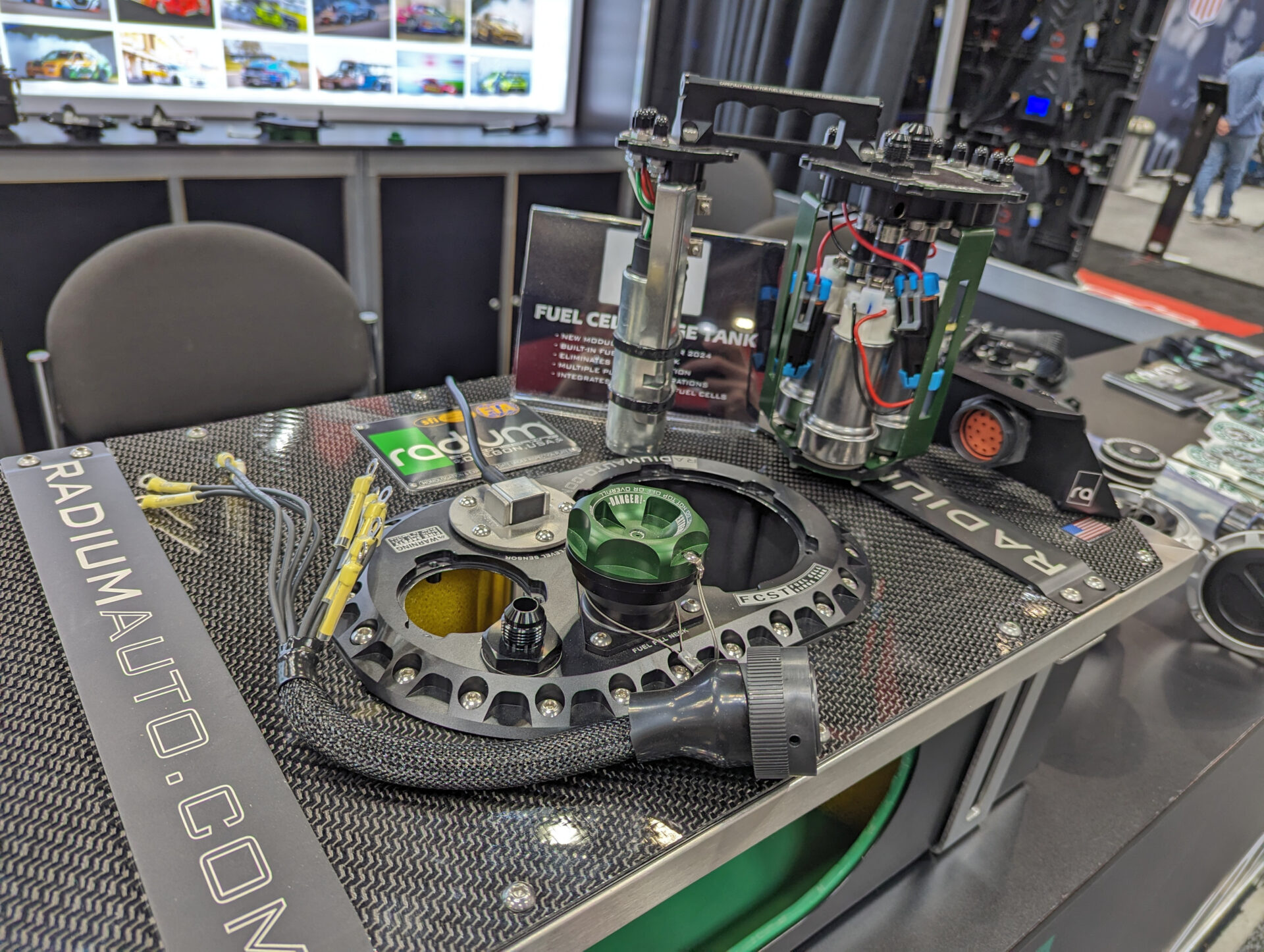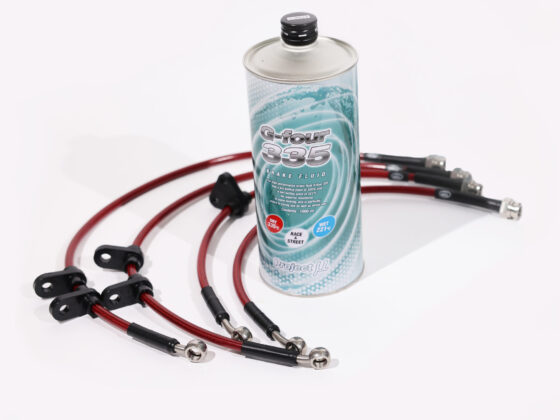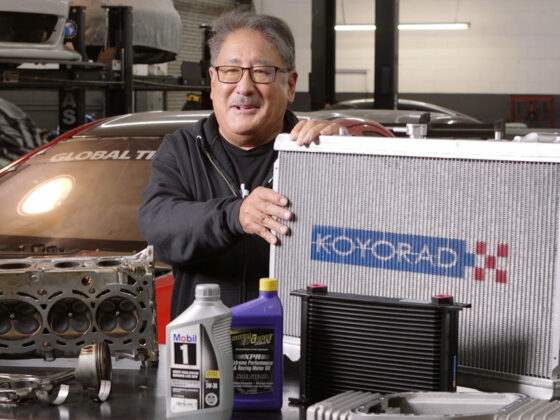
Performance Racing Industry: What’s New and Cool 2023 Edition
by Erik Jacobs
2023 was not a good motorsports year for me. In fact, it wasn’t a motorsports year at all. Zero track time. Alright, that’s not really true, because I spent a lot of time sim racing. Life got in the way and the real car had to take a back seat, but there was no way I was going to miss my annual motorsports pilgrimage to Indianapolis. PRI 2023 was here, and so was I.
Let’s check it out!

Radium Engineering is, without fail, my first stop every year. Technically I did fail, because I decided to walk the floor as early as possible, starting during the media hours, and not all of the Radium folks were present. But I circled back as soon as I could to get the skinny on all the new-new. It’s almost hard to decide what to write about, because Radium simply had so many new things.
No matter what anyone says, they do have a favorite child, and within the new things, Radium is really quite proud of their new indexed fuel pressure regulator system. As opposed to traditional FPRs, the new Radium regulators have a strongly-detented knob on the top of the regulator, where one click is equivalent to 1 PSI of fuel pressure. Want to add 5 PSI of pressure? Just turn the knob in the plus direction 5 clicks. But the changes don’t stop there. The FPR has completely redesigned internals, too, with a new spring, diaphragm, and more. For convenience, the whole body of the reference can swivel, and the FPR now features additional connection options in the form of both 3AN as well as Push-Lok.

You know that Project SC300 features the original Radium FCST top-plate, but Radium has continued to refine and update it. Their latest innovation features a super handy quick-change system. The lift pump and surge tank pumps are wholly contained in a removable structure. A few bolts attach this structure to the top plate, which places the pumps (and their pickups) in the proper locations. Because the wiring and hose connections for the pumps are part of this removable structure, it is extremely easy and quick to swap out an entire set of pumps. Think you have a problem with a pump, or something is being fishy? You can replace the entire thing with a pre-configured replacement unit that you can keep on standby.
Also pictured is a circular-type connector to make the electrical connection between the chassis harness and the FCST an extremely fast change. You can see the mating electrical connector in the background attached to a bracket which is itself attached to the body of the fuel cell. Pair this type of quick electrical connection with Radium’s dry-break fuel connectors and you could probably swap an entire set of pumps in less than two minutes without even spilling any fuel or having to use anything more than a nut driver.
If you thought that was all, you’re wrong. Radium has updated their fuel filter assembly to include a check valve which helps prevent OEM-style systems from dumping and depressurizing the fuel rail when things are turned off. They’ve also released a combination NA/NB fuel hanger drop-in that works across all three variations of OEM fuel tank found in these Miatas.
Last, but not even everything new that Radium showed me, they have a drop-in triple pump system for the 5G Camaro/2G CTSV and corresponding other Chevy platforms. It comes with OEM jet pump-compatible fittings and level senders, and also features dual outlets to allow the replacement to work with the OEM sensor systems, too.
I’m tired already, and this is only the first vendor!




1 comment
Somebody get Mike a MotoIQ hat. I know you used to have them, that’s how I got mine. 😉